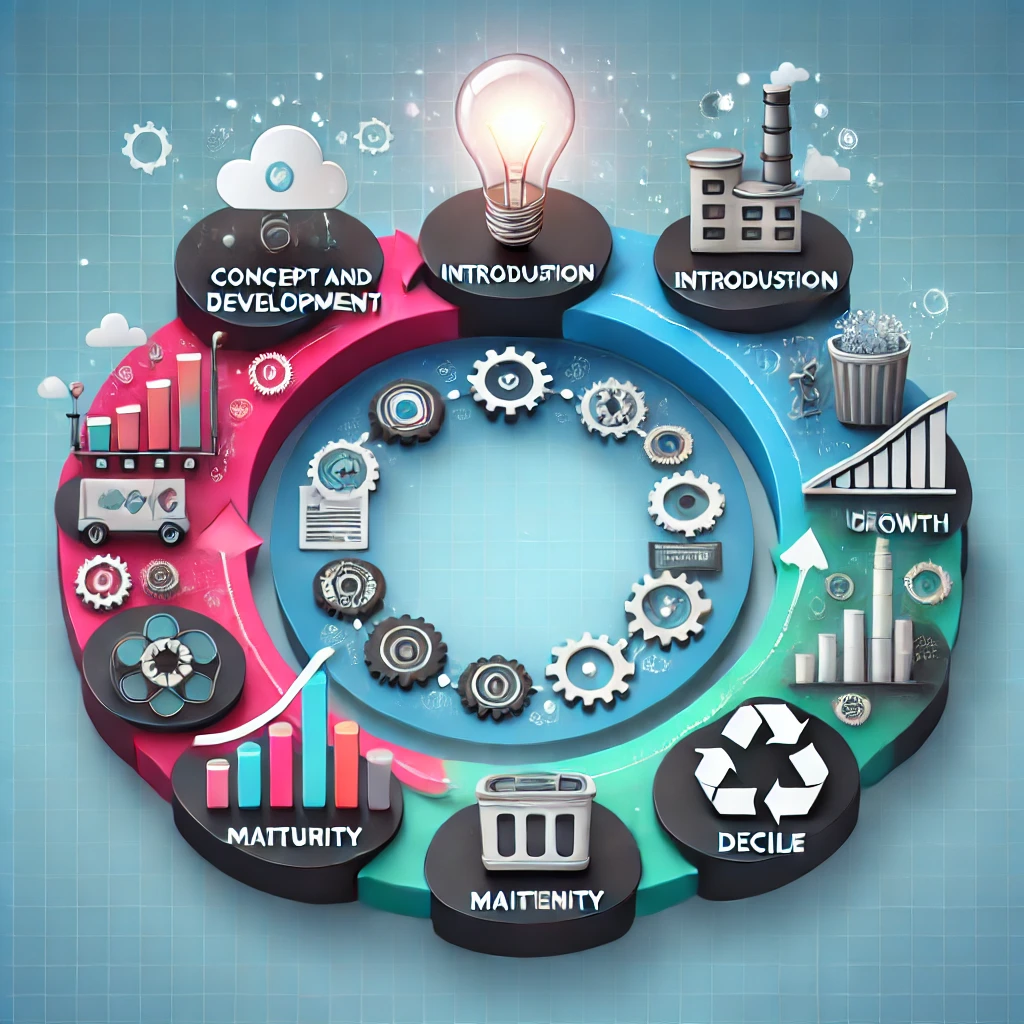In the realm of product development, project management (PM) stands as the backbone that ensures ideas are transformed into market-ready products within set timelines. Effective project management streamlines processes, optimizes resources, and mitigates risks, making it indispensable for businesses aiming to stay competitive. This article delves into the significance of project management in product development, exploring methodologies, best practices, and the tangible benefits that result from efficient planning and execution.
The Role of Project Management in Product Development
Product development is a multifaceted process involving cross-functional teams, tight schedules, and numerous deliverables. Without structured project management, tasks can fall through the cracks, leading to delays, budget overruns, and subpar products. Project management addresses these challenges by:
- Aligning Teams and Goals: PM ensures that all departments work toward a unified goal, enhancing collaboration and reducing miscommunication.
- Managing Timelines and Milestones: Setting realistic deadlines and tracking progress keeps projects on course, ensuring timely completion.
- Optimizing Resource Allocation: Proper planning helps distribute resources efficiently, avoiding bottlenecks and underutilization.
- Mitigating Risks: Anticipating potential issues and implementing contingency plans minimizes disruptions.
- Enhancing Product Quality: Consistent monitoring and evaluation result in higher quality outputs.
Key Stages of Project Management in Product Development
Successful project management unfolds in distinct stages, each critical to the overall success of product development:
- Initiation This phase lays the groundwork for the project by defining its scope, objectives, and feasibility. Key activities include:
- Conducting market research to assess demand.
- Identifying key stakeholders and their expectations.
- Outlining initial budgets and resource requirements.
- Planning Detailed planning serves as the project’s blueprint, guiding execution. Key components of the planning phase include:
- Work Breakdown Structure (WBS): Dividing the project into manageable tasks.
- Gantt Charts and Timelines: Visualizing project schedules and dependencies.
- Risk Management: Identifying potential risks and crafting mitigation strategies.
- Resource Allocation: Assigning roles and responsibilities to team members.
- Execution The execution phase translates plans into action. This stage involves:
- Coordinating teams and ensuring smooth workflow.
- Monitoring performance through regular progress reviews.
- Addressing issues promptly to prevent project derailment.
- Monitoring and Controlling Continuous oversight ensures that the project stays aligned with objectives. Key activities include:
- Tracking key performance indicators (KPIs).
- Adjusting project plans based on real-time feedback.
- Managing budget and ensuring cost efficiency.
- Closure The final phase involves delivering the completed product and evaluating project performance. Important tasks include:
- Conducting post-project reviews to gather lessons learned.
- Compiling documentation and reports.
- Ensuring stakeholder satisfaction and product launch readiness.
Popular Project Management Methodologies
Different methodologies cater to varying project needs. Selecting the right approach enhances efficiency and aligns with organizational goals. Common methodologies include:
- Agile Agile emphasizes flexibility, collaboration, and incremental progress. It is ideal for projects requiring frequent adjustments and stakeholder involvement.
- Scrum A subset of Agile, Scrum focuses on short sprints and daily stand-ups, promoting rapid development cycles and iterative feedback.
- Waterfall A linear, sequential approach, Waterfall is best suited for projects with clearly defined stages and minimal expected changes.
- Kanban Kanban visualizes workflows, enabling teams to manage tasks dynamically and improve process efficiency.
- Lean Lean aims to maximize value by minimizing waste, making it particularly beneficial for resource-constrained projects.
Best Practices for Effective Project Management
Implementing best practices ensures seamless project execution and successful product launches. Key practices include:
- Set Clear Objectives Defining measurable goals provides a clear direction and benchmark for success.
- Foster Team Collaboration Open communication and regular check-ins foster a collaborative environment, enhancing problem-solving and innovation.
- Utilize Project Management Software Tools like Trello, Asana, and Microsoft Project streamline task management, tracking, and reporting.
- Embrace Flexibility Being adaptable to changing circumstances prevents delays and keeps projects responsive to market dynamics.
- Prioritize Risk Management Proactively identifying and addressing risks prevents costly setbacks.
- Maintain Stakeholder Engagement Keeping stakeholders informed and involved ensures their needs are met and minimizes resistance during project implementation.
Benefits of Effective Project Management
Integrating robust project management into product development yields numerous advantages, including:
- Time Efficiency: Projects are completed on schedule, accelerating time-to-market.
- Cost Savings: Efficient resource use reduces expenses and minimizes waste.
- Enhanced Product Quality: Structured oversight ensures higher quality outputs, aligning with customer expectations.
- Competitive Advantage: Faster product launches position companies ahead of competitors.
- Increased ROI: Streamlined processes lead to higher returns on investment by reducing overhead and maximizing output.
Conclusion
Project management is the linchpin of successful product development, ensuring that projects are delivered on time, within budget, and to the highest standards. By embracing structured methodologies, fostering collaboration, and prioritizing risk management, businesses can navigate the complexities of product development and achieve sustainable growth. In an era where innovation and speed dictate market success, effective project management is not just an option—it is a necessity for driving business excellence.







